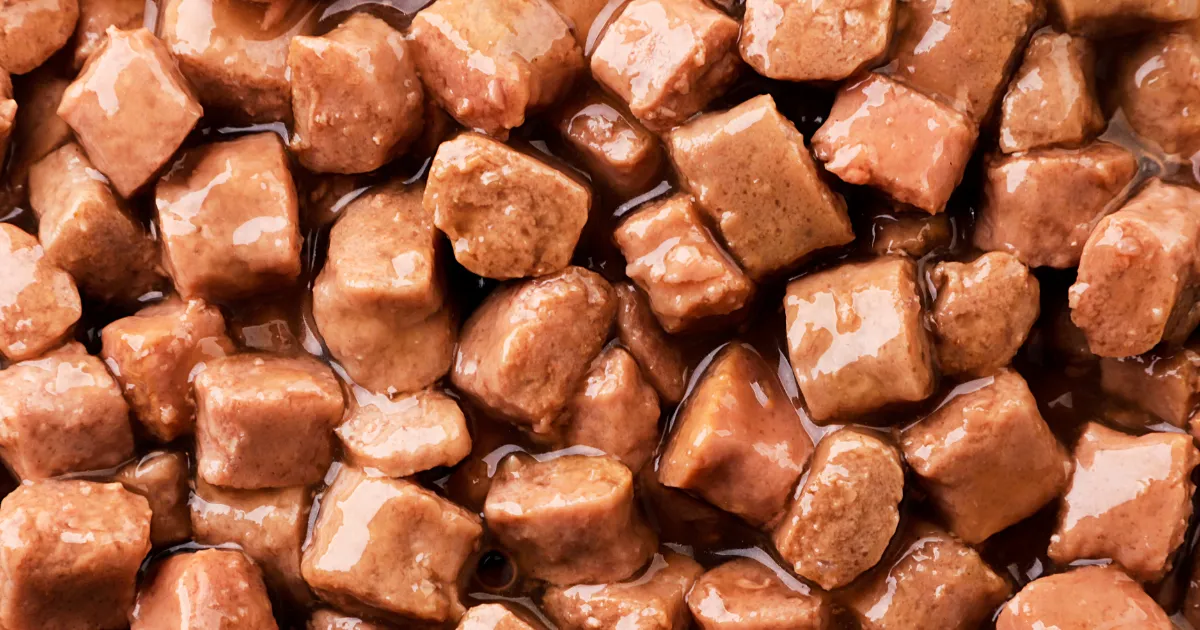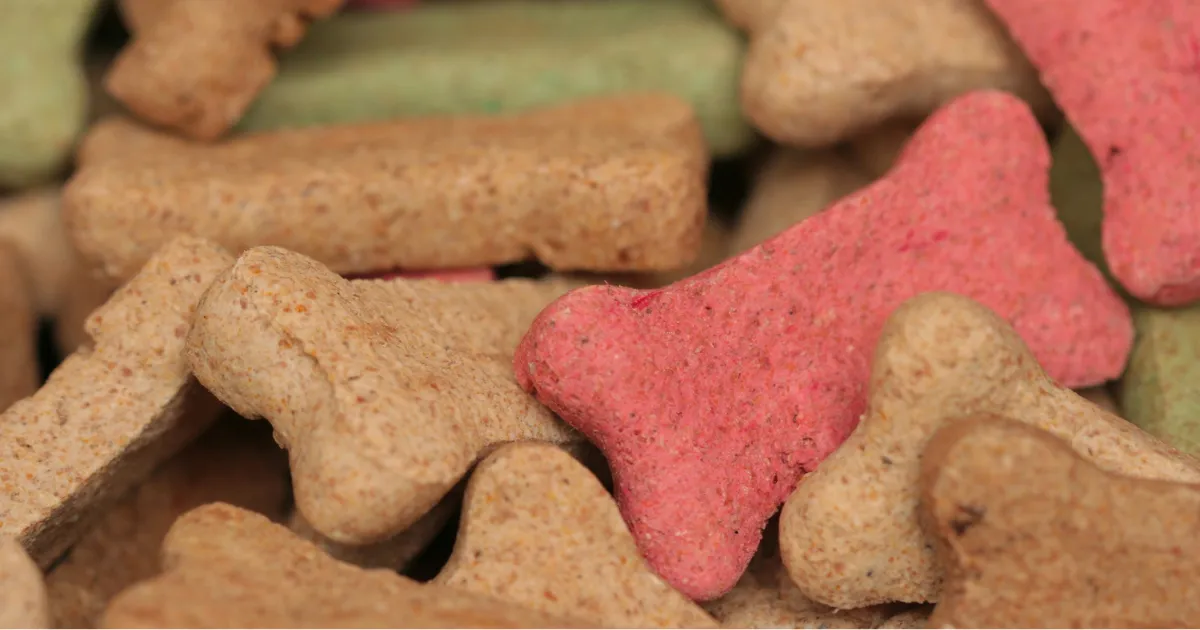Continuous mixing for pet food
Pet food production demands precise control over ingredient distribution, moisture content, and temperature, while protecting sensitive nutrients and preventing cross-contamination. Continuous mixing enables consistent product quality at industrial scale, reducing processing time, and allowing faster cleaning compared to traditional batch methods.




